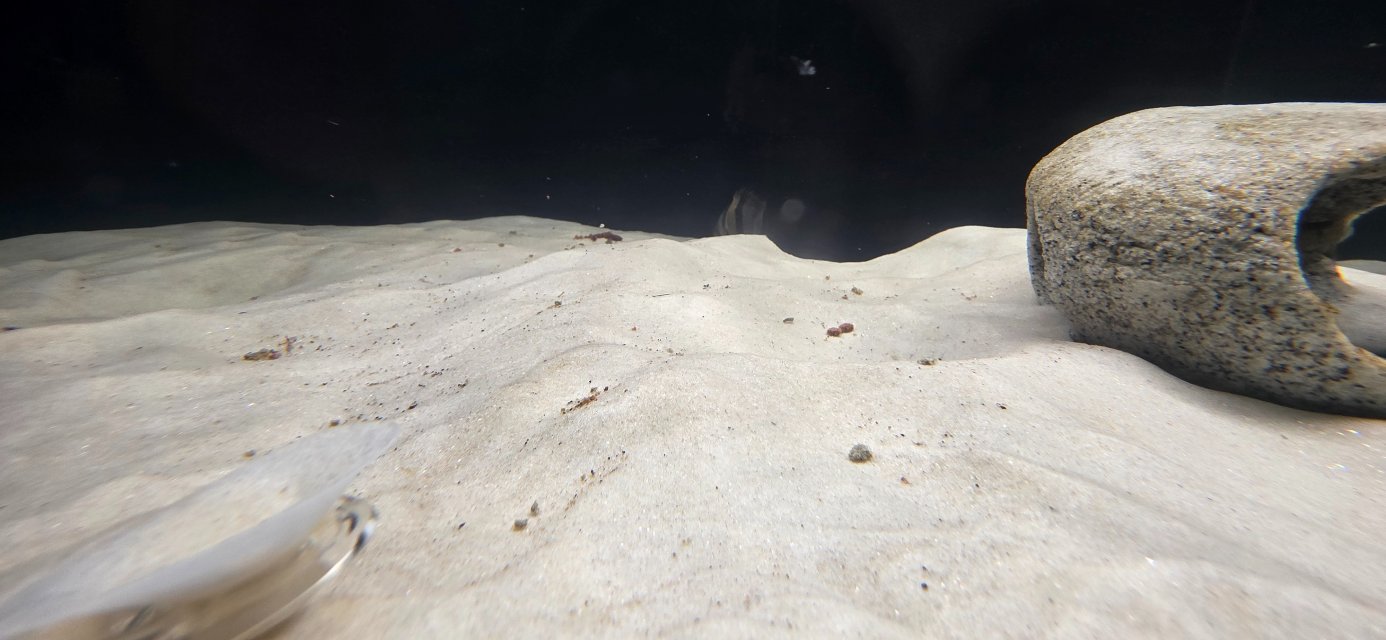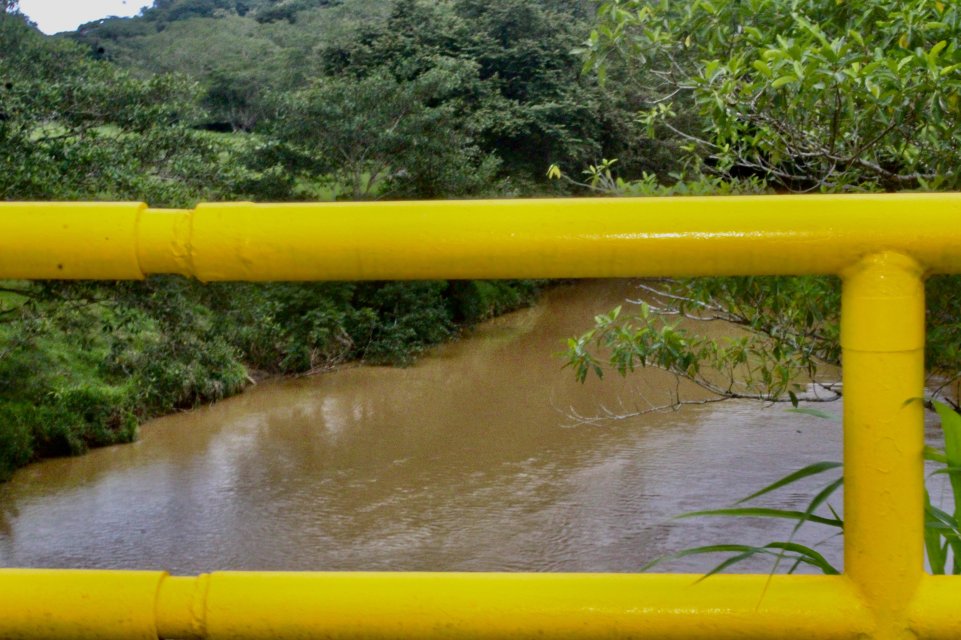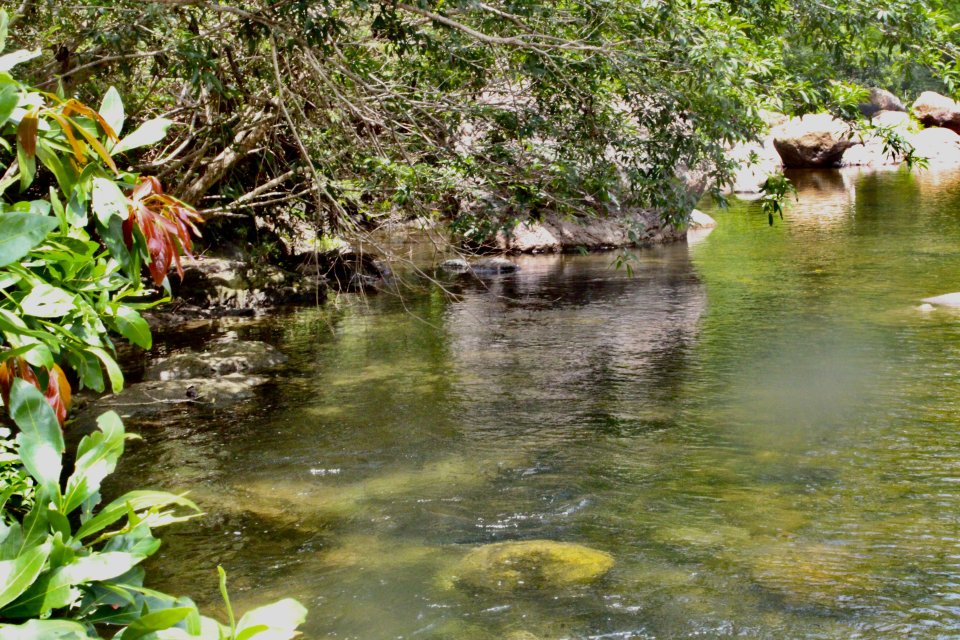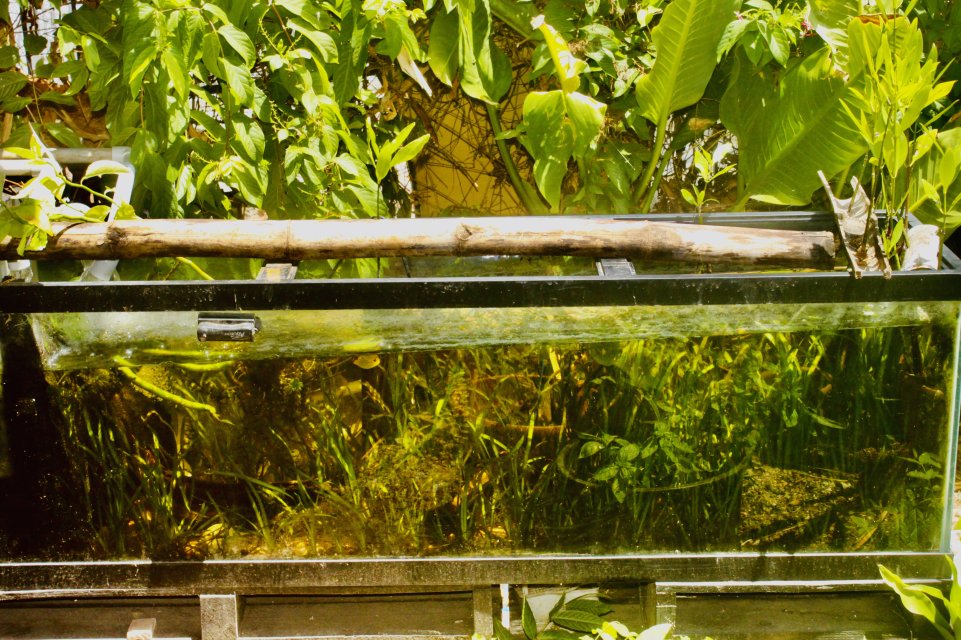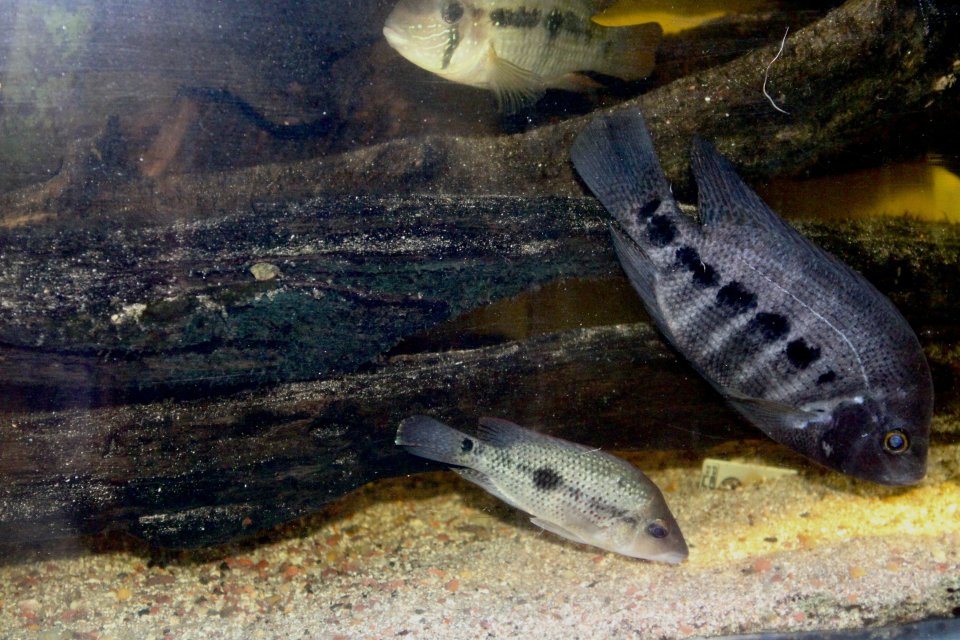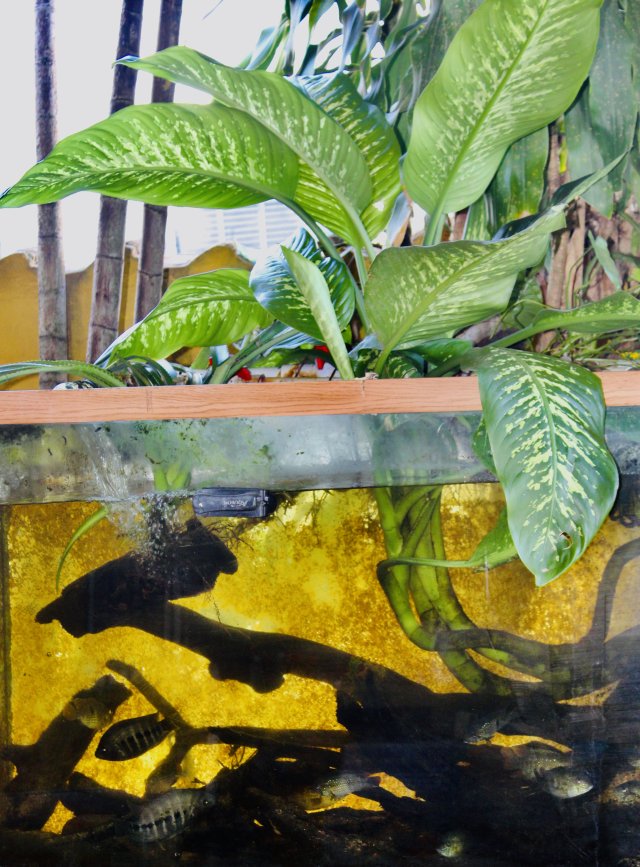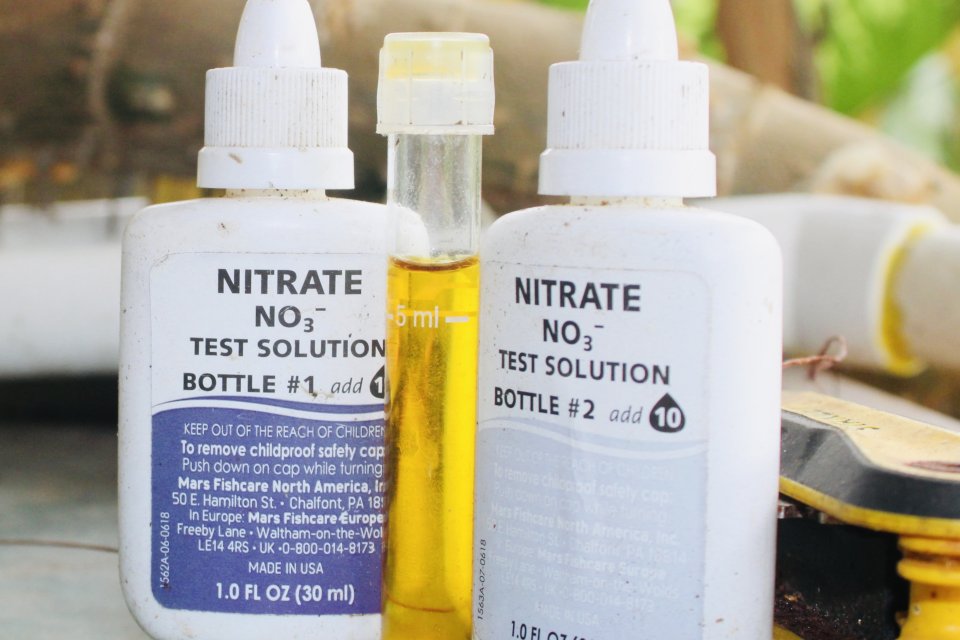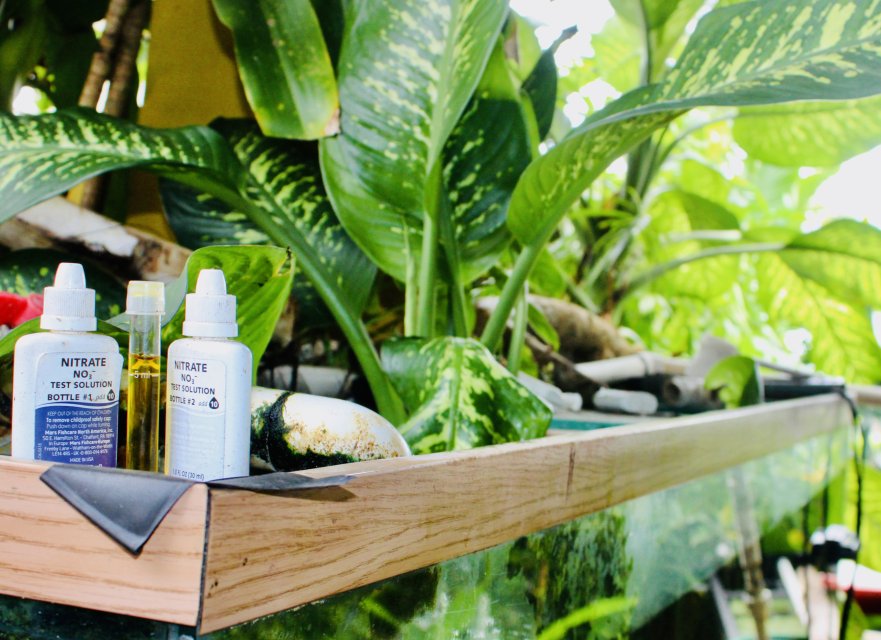While it's true that the big solid logs of...stuff...are the most benign of fish excreta, I admit that I hate to see them. But, honestly, those delicate little dribs and drabs shown in the OP photo hardly seem worthy of notice, IMHO.

If you want to see big ugly poops, you need to have big ugly fish with big ugly appetites, and preferably who are fairly sedentary so that they are not constantly moving around and breaking up the chunks. My dearly-departed Jelly Cat was the poster fish for this kind of stuff; his droppings looked like hamsters that had fallen in and drowned. I tended to "spot-siphon" his tank almost daily just because I didn't want to look at them.
If, for some inexplicable reason, you want to see no fish poop in your tank...you need a couple of Goldfish. Geophagus and other bottom-sifters got the idea and learned the craft by watching Goldfish, and none of them have mastered it to the same degree as the Goldies. They will meander down to the bottom, grab a mouthful of...stuff...and swim around with it for many seconds, even minutes, thoughtfully chewing and swishing it around as though they think it contains a pit or seed that they don't want to accidentally swallow. I've seen some that work on the same mouthful for so long that I begin to wonder if they have something wrong with their mouths. When they finally decide they've gotten all the flavour out of it, they puff it out in a cloud halfway up the water column, so finely masticated and pulverized that your filter whisks it away as though it never existed.
Once a week or so you need to redistribute the substrate from the gently rolling hills of it that accumulate in favourite spitting-out areas. This is way less work than vacuuming the substrate. If Goldies cold be trained to spit it out where the aquarist wants it...they'd be perfect!

